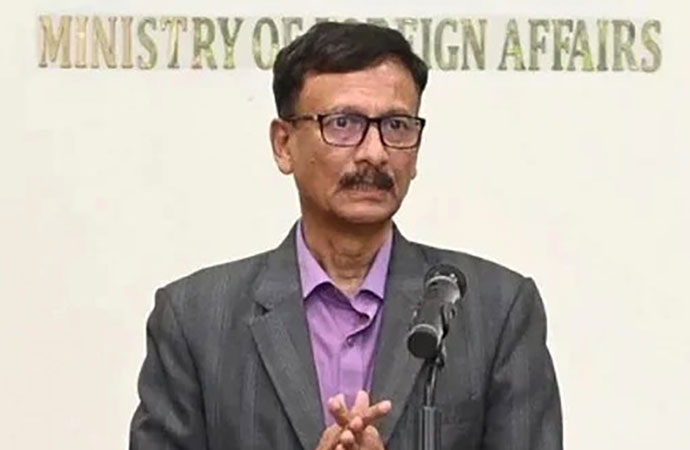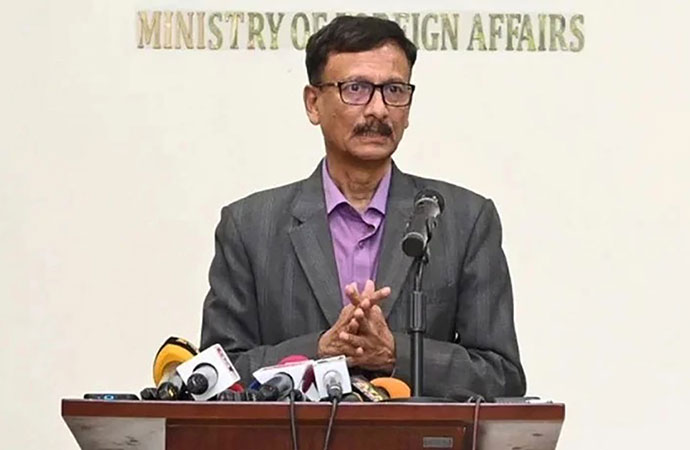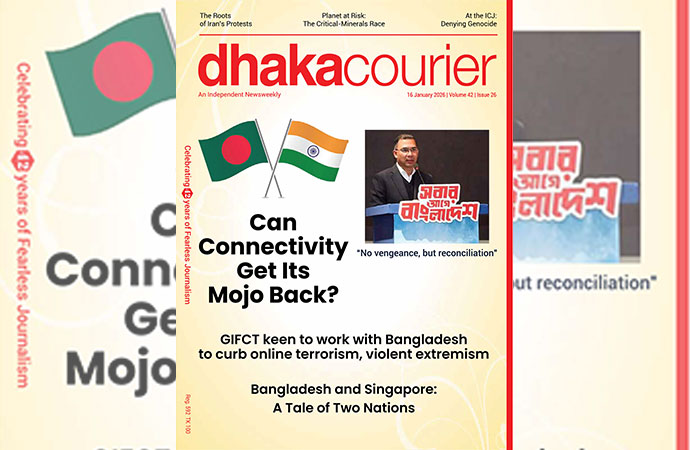Essays

Explore New Ways of Teaching in the Digital Age, Published by Routledge, Pages: 92
Around the world, digital technology is transforming the way young people live their lives, from the time they wake up till the time they go to bed. They are immersed in a world of social networking, texting, blogs, online games, music, videos, and so on. Hence, today's generation of tech-savvy learners need to be taught using the technologies they are accustomed to. Technology, undoubtedly, has a vital role to play as a powerful teaching-learning tool. With proper planning and creativity, digital technology can be used to create meaningful teaching-learning experiences which will ultimately serve both learners and instructors well. But, how can we use technology in education? The book 'Explore New Ways of Teaching in the Digital Age' investigates technology enhanced learning to assist teachers in their teaching. It discusses the ways technology and the internet are used in university teaching, and how we can use these initiatives with our students. This free book is a compilation of chapters from 5 very popular education books published by the Routledge, which covers a range of themes such as social media and gaming, to blended learning environments and mobile learning.
The book contains five chapters. The first chapter is from Louise Starkey's book "Teaching and Learning in the Digital Age" which mainly considers the teaching side. It discusses the impact of emerging digital technologies on teaching-learning and explores the concept of the digital age and perspectives of knowledge, pedagogy and practice within a digital context. By examining teaching with digital technologies through new learning theories cognizant of the digital age, this chapter sheds light on the some key issues: i) how young people create and share knowledge both in and beyond the classroom and how current and new pedagogies can support this level of achievement; ii) the use of complexity theory as a framework to explore teaching in the digital age; iii) the way learning occurs - one way exchanges, online and face-to-face interactions, learning within a framework of constructivism, and in communities; iv) what we mean by critical thinking, why it is important in a digital age, and how this can occur in the context of learning; and v) how students can create knowledge through a variety of teaching and learning activities, and how the knowledge being created can be shared, critiqued and evaluated. With an emphasis throughout on what it means for practice, this chapter aims to improve understanding of how learning theories currently work and can evolve in the future to promote effective teaching-learning in the digital age. Chapter-2 is an excerpt from "Teaching Online: A Practical Guide", by Susan Ko and Steve Rossen, which is an easily accessible and comprehensive guide for anyone teaching online as well as blended classes (i.e. classes that combine online and face-to-face activities). This chapter puts special emphasis on MOOCs (massive open online courses) and also provides expanded information on teaching with mobile devices, using open educational resources, and learning analytics.
The third chapter is taken from "Learning Theory and Online Technologies", authored by Linda Harasim, which offers a powerful overview of the existing situation of online teaching-learning, the foundations of its historical roots and growth, and a framework for distinguishing between the major approaches to online education. It addresses pedagogy (how to design an effective online learning environment), evaluation (how to know that students are learning), and history (how past research can guide successful online teaching- learning outcomes). This chapter also provides a synthesis of the key advances in online education learning theory and the major frameworks of research, and clearly links theory and research to successful learning practice. The next chapter is from "Best Practices in Engaging Online Learners Through Active and Experiential Learning Strategies", by Stephanie Smith Budhai and Ke'Anna Skipwith. It is in fact a practical guide for all instructors and instructional designers working in online or blended learning environments who want to provide a supportive, engaging, and interactive learner experience. This chapter primarily focuses on the integration of active and experiential learning approaches and activities including gamification, social media integration, and project- and scenario-based learning, as they relate to the development of authentic skill-building, communication, problem-solving, and critical-thinking skills in learners.
The final chapter of the book is taken from "Sustainable Mobile Learning: Theory, Research and Practice", by Wan Ng and Therese M. Cumming, which explores the complexity of the key issues surrounding sustainability in mobile learning. Mobile technology has now become one of the fastest growing areas of equipment in education. For learners, it offers a fascinating opportunity to transcend teacher-defined knowledge and approaches by being able to access multiple, alternative sources of information anytime and anywhere. However, sustainability is a complex but crucial issue in mobile learning as educational institutions are usually required to make substantial investments in mobile devices and associated technologies, time and training to initiate mobile learning programs. The complexity of sustainable mobile learning programs is further intensified by the rapid change of digital technologies, where with every change, new possibilities are opened up and investments required. This chapter attempts to address these issues, with a particular focus on: exploring the challenges surrounding the sustainability of mobile learning in K-12 and higher education; investigating the importance of sustaining mobile learning for diverse populations of students globally; discussing theoretical models for the sustainability of mobile learning; and providing the readers with strategies for sustaining mobile learning.
The writer is an independent researcher. E-mail: smrayhanulislam@hotmail.com

























Leave a Comment
Recent Posts
Remembering Kalidas Karmakar ( ...
The art world remembers Kalidas Karmakar, a visionary whose creativity ...
An Evening with Shishir Bhatta ...
Cosmos Art Echo, the artist talk initiative of Gallery Cosmos and Cosm ...
Myanmar denies genocide, calls Rohingya crackdown co ..
Yes, of course
Earth’s average temperature last year hovered among ..
Bangladesh and Singapore: A Tale of Two Nations